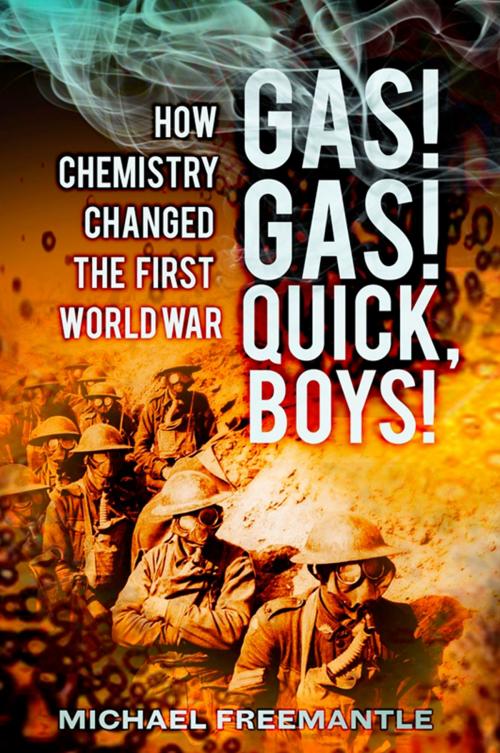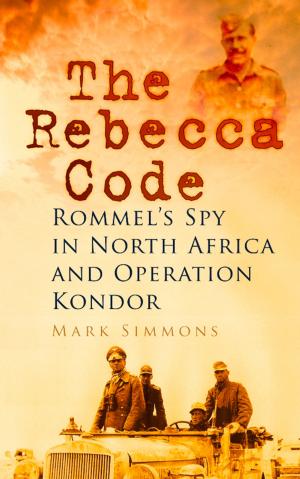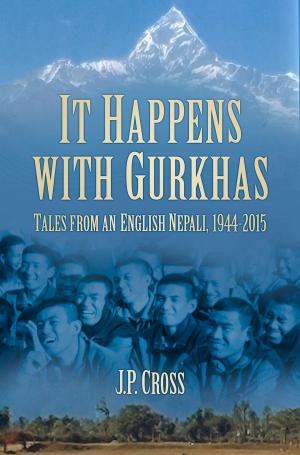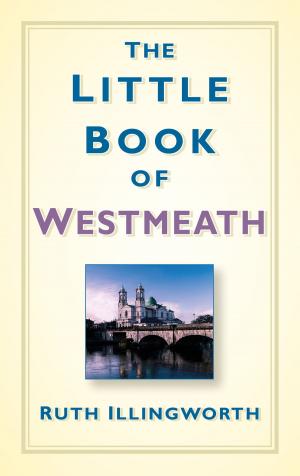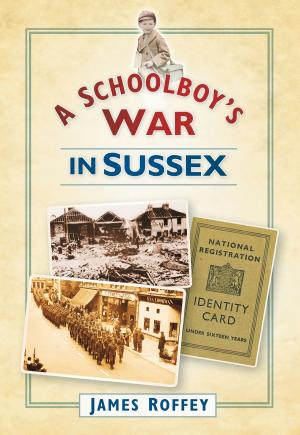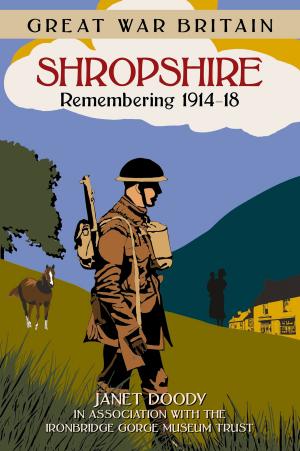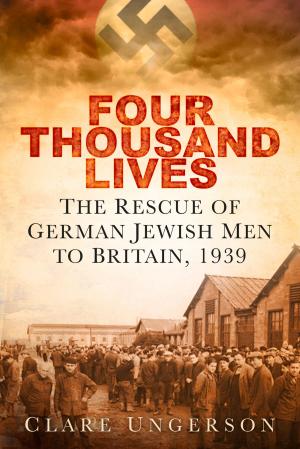Gas! Gas! Quick, Boys!
How Chemistry Changed the First World War
Nonfiction, History, Military, Biological & Chemical Warfare, World War I| Author: | Michael Freemantle | ISBN: | 9780752479033 |
| Publisher: | The History Press | Publication: | February 1, 2014 |
| Imprint: | The History Press | Language: | English |
| Author: | Michael Freemantle |
| ISBN: | 9780752479033 |
| Publisher: | The History Press |
| Publication: | February 1, 2014 |
| Imprint: | The History Press |
| Language: | English |
Reveals for the first time the true extent of how chemistry rather than military strategy determined the shape, duration, and outcome of World War I
Chemistry was not only a destructive instrument of World War I, but also protected troops and healed the sick and wounded. From bombs to bullets, gas to anesthetic, khaki to camouflage, chemistry was truly the alchemy of the war. This history explores its dangers and its healing potential, revealing how the arms race was also a race for chemistry, to the extent that Germany's thirst for fertilizer to feed the creation of their shells nearly starved the nation. It answers question such as: What is cordite? What is lyddite? What is mustard gas? What is phosgene? What is gunmetal? This is a true picture of the horrors of the "Chemists' War."
Reveals for the first time the true extent of how chemistry rather than military strategy determined the shape, duration, and outcome of World War I
Chemistry was not only a destructive instrument of World War I, but also protected troops and healed the sick and wounded. From bombs to bullets, gas to anesthetic, khaki to camouflage, chemistry was truly the alchemy of the war. This history explores its dangers and its healing potential, revealing how the arms race was also a race for chemistry, to the extent that Germany's thirst for fertilizer to feed the creation of their shells nearly starved the nation. It answers question such as: What is cordite? What is lyddite? What is mustard gas? What is phosgene? What is gunmetal? This is a true picture of the horrors of the "Chemists' War."
